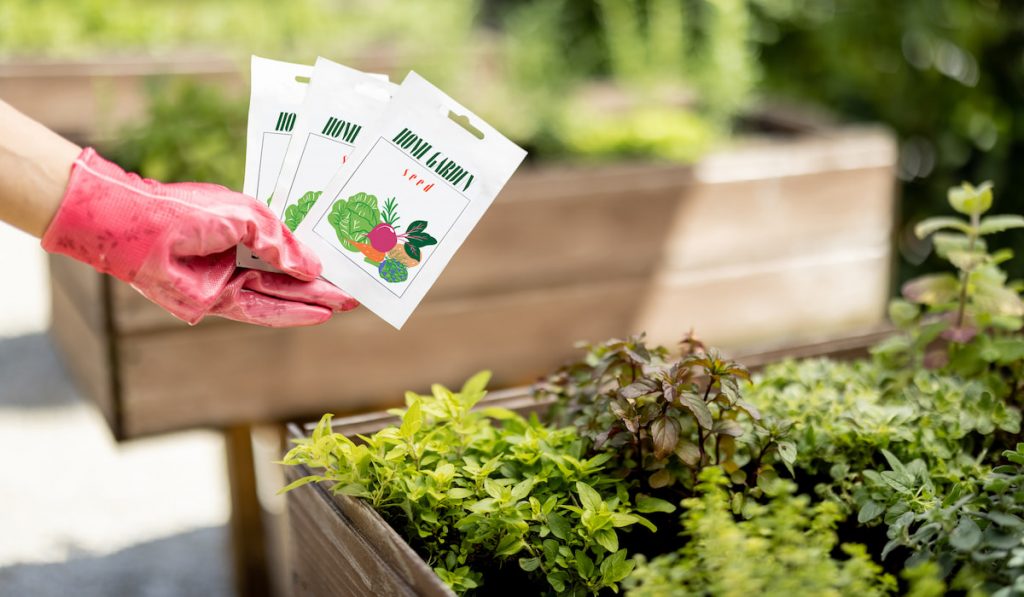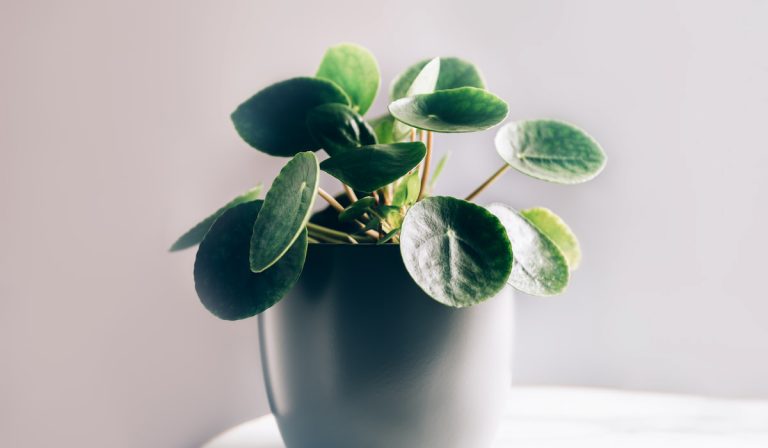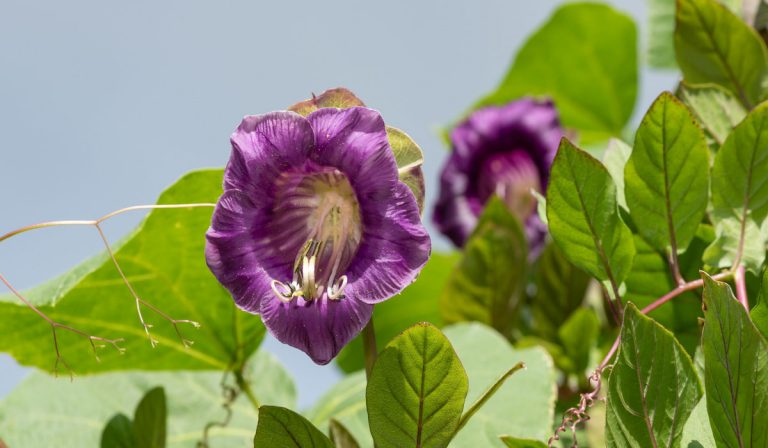How Many Seeds Come in One Packet?
You can start your garden by buying seedlings, but a lot of people who want to grow vegetables, fruits, or flowers in their garden want to start from scratch. And that means buying seed packets and learning from, literally, the ground up.
It’s impossible to answer how many seeds come in a packet because there are so many different kinds of plants and packaging for sale.
For example, plants with larger seeds will come with something like 10 seeds in a packet while smaller seeds, like a tomato plant, will come in packets with hundreds of seeds in them.

We can offer some general guidelines on how many seeds you can expect from a given plant type and how to read plant packets to understand what you are buying.
Whether you are new to gardening, or a seasoned gardener starting with a new plant, or buying from a new source, knowing how many seeds you’re getting and how to plant them will increase your odds of success the first time around.
Table of Contents
Common Seed Packaging Information
There are a lot of companies that sell seeds. Of course, they’ll put their logo on it or design the packaging with colors meant to attract your eye, but for the most part, they cover the same basic information.
Once you know what to look for, you can spend your money more wisely and become a more successful gardener.
A lot of people, when they start their first garden, fall into the same traps. They put too many seeds in a single hole, crowd their holes into small spaces, overwater their seeds, etc.
Reading the seed packets correctly will help you avoid those issues. By reading the packets you can learn:
- What the seed is
- When to plant the seeds
- How to plant them
- Timelines and other expectations
- Whether the seed is a perennial, biennial, or annual plant
- What the plant should look like fully grown
- The height of the plant
That’s a lot for just one small seed packet! But it will come in handy, particularly if you’re planting something you’ve never planted before.
Every seed packet will also have a sell-by date and packaging dates. You don’t want to buy anything past the sell-by date because they could be expired and won’t grow after you plant them.
What to Look for in Packaging
In addition to the basic information on most packages, some seed packets will fit in more info to help aspiring gardeners and seasoned pros alike.
For example, some companies put a map on the back of the seed package and highlight climates in which that particular seed does well.
If, for instance, you’re buying seeds for a plant best-suited for tropical weather, and you live in Oregon, you’re going to need to make arrangements on your property to mimic the tropics as best you can.
Packaging also covers seed depth and germination. Germination is a word for how many days it will typically take for you to see a sprout coming out of the ground. This is a big deal for gardeners because you want to know your efforts are paying off.
A lot of people get stressed out when they don’t see any growth in a few days, but you could be dealing with a plant that takes longer to germinate.
Newer seed packets will include growing tips to get you the best results. They’ll talk about how frequently you should water, how much water you should use, and what consistency the soil should be to get the plant to grow nice and strong.
We know it’s a lot of information to read on a small seed packet, but these companies do a great job of delivering pertinent information with the space allowed.

Why Different Packets Come with Different Numbers of Seeds
Different plant seed packets will have a variety of amounts of seeds. It makes sense if you think about it. A watermelon, for example, has a lot more seeds than a peach. Some seeds are just harder to come by.
For this reason, a lot of seed companies tend to sell their seed packets by weight. You’ll see seed packets with a listed weight of 10-25 grams or so depending on how big the packet is. Some packets will list how many seeds inside if there are larger seeds.
You can always give the packet a quick shake to get an idea of how many seeds are inside and how big they will be once you open the pack.
Follow the Directions for the Best Results
Growing something from scratch can be tough. Don’t make the mistake of thinking you can just dig a hole and toss some seeds in.
The plants won’t live long if they end up sprouting at all. You’re best off reading the instructions on the packet and following them as closely as possible.
A packet will tell you what time of year to plant, how often to water, and things like whether it needs to be soaked to speed up the germination.
Follow the instructions on watering, light exposure, and plant spacing to best guarantee you get off to a good start.

Finding seed packets is a great way to buy new plants that you haven’t tried in your garden before. You can give growing new flowers a shot or finally give zucchini a go.
The best thing about starting with seeds is that, even though it takes longer and you may have to try several times, it’s much cheaper and is usually a richer experience. Just make sure to use the seeds by their best-by date so you know that you’re using the best possible seeds.
If it goes too far past the date, germination will be much more difficult.







